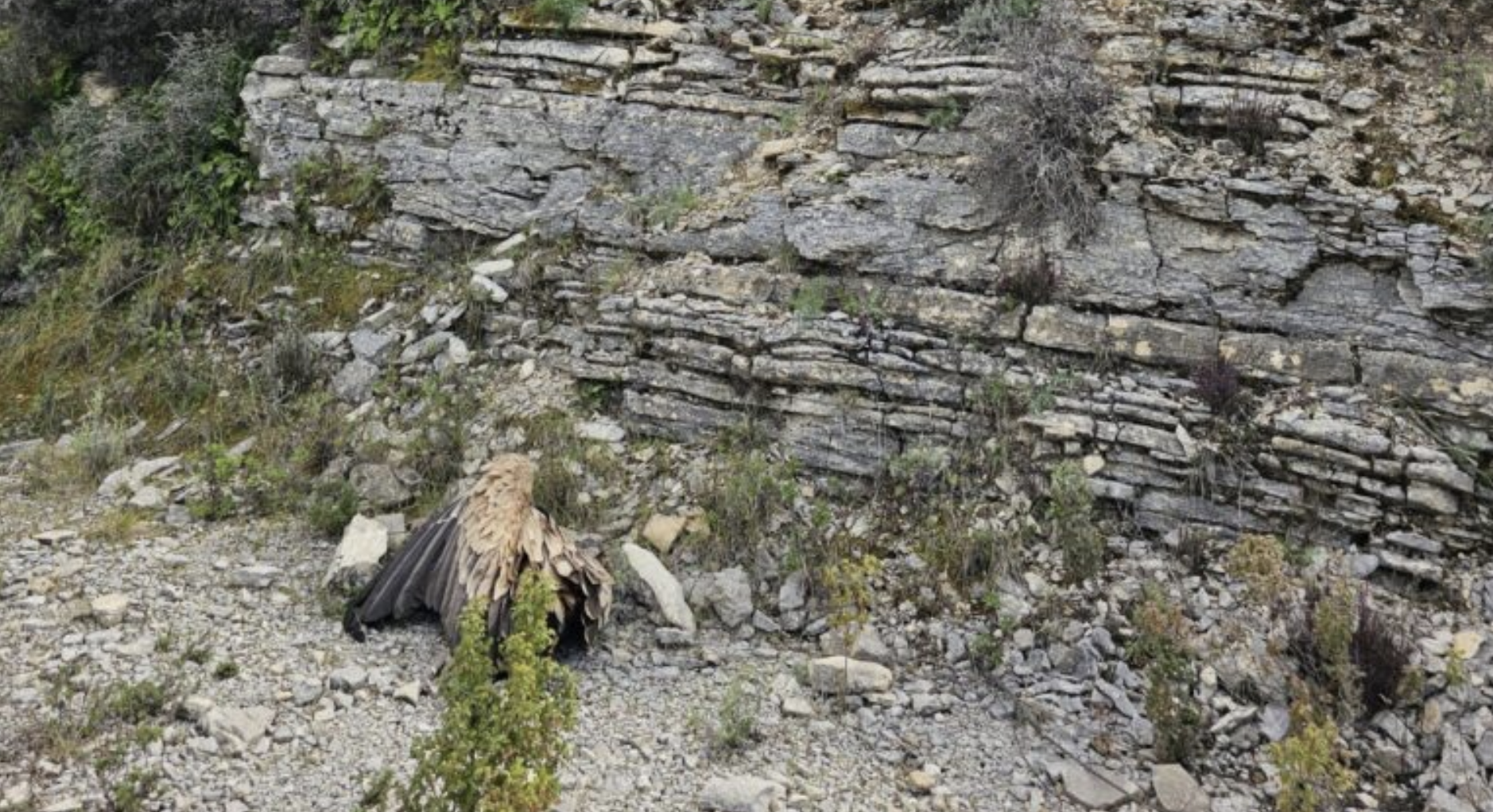
It was during a census in the Tejo Internacional Natural Park in Portugal when two technicians of Quercus – ANCN made an interesting discovery — a Griffon Vulture pair nesting in a tree, which is the first known record of its kind in the country.
Griffon Vulture pair nesting on tree
Samuel Infante and Pedro Alves were caught by surprise when they were walking through the countryside registering the breeding pairs of different bird species that usually use rocky surfaces to nest. On top of an oak tree, they came across a previously abandoned Cinereous Vulture nest, but it was now home to a Griffon Vulture pair, a species that typically build nests on cliffs.
But the surprise didn’t stop there. Inside the nest, they observed a chick that was already showing significant development, more than two months old, which indicates that the egg-laying happened at the beginning of the breeding season. In Portugal, Griffon Vultures start nesting in the middle of winter, usually in December. Excitingly, about 250 metres away from this Griffon Vulture pair, a Cinereous Vulture pair installed a nest, currently in the incubation phase.
This is the first known case of Griffon Vultures nesting in trees in Portugal — but in the neighbouring region of Extremadura, in Spain, it is estimated that in a population of around 2,000 pairs of Griffon Vultures, three per cent nest in treetops. To do so, they occupy the nests of other species, usually of Cinereous Vultures or Golden Eagles.
Griffon Vulture breeding population in the region
According to preliminary censuses currently underway, it is estimated that between 244 and 259 pairs of Griffon Vultures have begun breeding in this protected area this year, including 60 pairs on the Spanish side, in the Tejo Internacional Natural Park (TINP), in Cáceres province. There were also 59 abandoned nests. The team noted a substantial increase in the breeding population of Griffon Vultures in the (TINP), since the last census carried out in 1999, more than 20 years ago, showed a population of around 153 to 155 pairs.
Another interesting observation was that some pairs still take care of eggs at this time of year while others, and in the same vicinity a few metres away, currently rear their well-developed chicks, some over 60 days old. This is because this species starts the breeding season in December, and laying can occur in the period from December to March.
Source: Wilder



